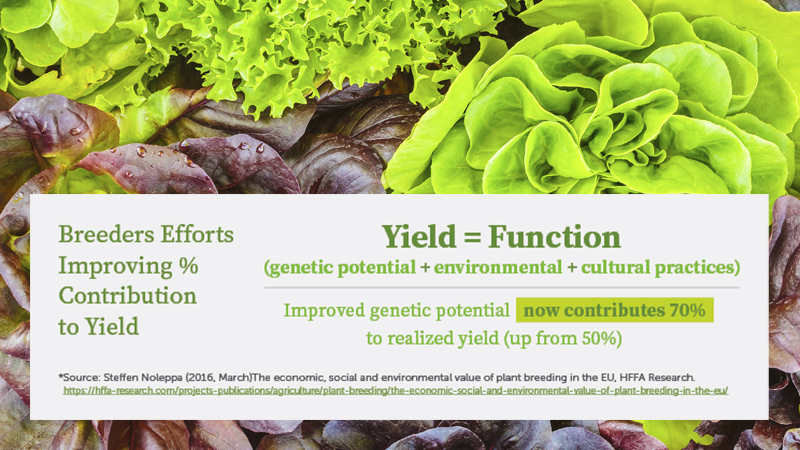Maintain Quality In Potato Storage
Potato growers can do themselves a favor if they keep in mind that their crop will not get better in storage.
Because of that, Phillip Nolte, University of Idaho Extension seed potato specialist, says the biggest influence on how good your crop is coming out of storage, is how you handled it when it went in.
“Probably the most important thing you can do is to avoid damage in harvesting, handling, and loading into storage,” he says.

Avoid damage in harvesting, handling, and loading into storage as Pythium leak, one of the most feared diseases, needs a wound to enter the tuber. This disease can wipe out a cellar in a week.
Photo credit: Phil Nolte
For example, one of the most feared diseases, Pythium leak, needs a wound to enter the tuber. Usually, it becomes a problem when combined with heat — the disease needs heat to thrive — so warm, dry, chunky soils can damage the spuds.
“That’s a bad disease — it will take out a cellar in a week,” he says. “But diseases are favored greatly by wounding and bruising.”
To avoid the damaging effects of heat, harvest when the pulp temperature is below 60°F. That can mean stopping harvest at about 1 p.m. or 2 p.m., especially if the pulp temperatures are getting too high, says Nolte, no matter how badly you want to finish harvest.
“The guys who run into trouble are the guys who are too eager and want to be the first to get their crop out,” he says.
Piled High
Another reason it’s critical to store quality potatoes is because today they are often piled high — sometimes as high as 22 feet. With that kind of pressure, you need an extremely clean cellar and great air flow, but even with that, you’ll need a quality crop. If you have potatoes you anticipate might cause a problem, Nolte advises harvesting them last.
A lot of cellars don’t have back doors, so by harvesting them last, you can store them closer to the door. “Always put problem lots in places that can be easily accessed,” he says.
That said, Nolte emphasizes that a cellar is not a hospital. Some lots, he says, should not be brought into the cellar, where they can cause even more problems.
“If they are really a problem, don’t store them at all,” he advises. “Just harvest them and leave them on top of the soil so Mother Nature can go to work on them.”
Keep A Close Eye
Bringing problem potatoes into storage can cause problems for otherwise quality potatoes because you can create “hot spots,” says Nolte.
“Once you get something going bad in storage, even if you’ve got good cooling and air movement, soft rot bacteria can create their own heat — thus the term ‘hot spot,’” he says. “You can end up with a problem that will really take off.”
The upshot is you have to make sure you know exactly what’s going on with your crop, carefully tracking it after harvest.
“Monitor your crop and know what’s in there,” he says, “because once you store it, it’s not going to get better.”
This means that there are times when growers are going to be forced to make tough decisions regarding their crop.
“It all goes back to storage being a hotel not a hospital,” he says. “The longer you hang onto potatoes, the greater the chance for a problem. Sometimes you have to cut your losses and take what you can get now, or you may end up with nothing.”
Editor’s Note: Some of the information for this story is based on a paper authored by Nolte and two University of Idaho Research and Extension colleagues, potato specialist Nora Olsen and potato pathologist Jeff Miller.
Getting Tested
According to the National Potato Council Statistical Yearbook from a few years back, U.S. potato losses during storage have averaged about 7.5% over the past several years.
Phil Nolte, University of Idaho Extension seed potato specialist, says that figure holds true today. Why so high? First, it’s important to remember that there are a whole host of storage diseases, and none of them are curable. The major diseases include: pink rot, Pythium leak, dry rot, soft rot, silver scurf, black dot, early blight, and late blight — the most serious such disease in the world, says Nolte.
There are so many storage diseases because of the way potatoes are grown. Unlike most crops, tubers are produced in the soil, a rich medium for disease.
“Remember that potatoes are vegetatively propagated, and it is tubers or pieces of tubers that are used to produce the new crop,” he says. “Some amount of soil on seed tubers is all but unavoidable and you can’t wash seed tubers because of the ever-present threat of bacterial soft rot.”
Most of the pathogens responsible for tuber decay in storage take advantage of damaged areas such as nicks, cuts, abrasions, broken knobs or shatter-bruised areas. Look for evidence at both these entry points and such natural weak points as the area of stolon attachment, the lenticels, and the eyes.
Diseases don’t always look like their textbook pictures, however, so they may need examination by an expert. Collect some new samples for the diagnosis as the expert will require intact tubers for a proper diagnosis. Also, provide healthy tubers not expressing any symptoms for comparison.









